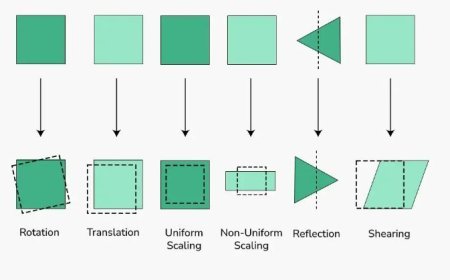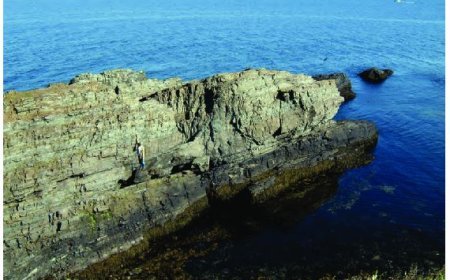CORAL REEFS IN INDIA & CORAL BLEECHING
1. India's underwater jewels: Vibrant coral reefs face warming threats, impacting marine life and coastlines. 2. Coral bleeching: Coral's colorful tenants flee in hot water, leaving reefs pale and vulnerable (bleaching)

Coral Reefs
- Coral polyps are individual corals located on their ancestors' calcium carbonate exoskeletons.
- Corals can be found in all seas, but the biggest reefs are usually in the tropics and subtropics, where the water is clear and not too deep.
- This coral reef system is the longest, at over 1,500 miles, along with the Great Barrier Reef in Australia.
Coral Reefs in India
- India's coastline stretches for about 7500 km.
- There are extremely few coral reefs in India due to the subtropical weather conditions.
- Some of the most important coral reefs in India are in Palk Bay, the Gulf of Mannar, the Gulf of Kutch, the Andaman and Nicobar Islands, and the Lakshadweep Islands.
- The Lakshadweep reef is an example of an atoll, whereas the others are all bordering reefs.
Palk Bay
- Palk Bay is located on India's south-east coast, separated from the Gulf of Mannar by the Mandapam Peninsula and Rameshwaram Island, and is centred at 9 °17'N and 79° 15′.
- The one bordering reef in Palk Bay is 25–30 km long and less than 200m broad, and it is in the Pamban channel's east–west direction. This reef comes up to a depth of about 3 metres.
The Gulf of Mannar
- A chain of 21 islands surrounds the 140-kilometre-long Gulf of Mannar, which is located between Tuticorin and Rameswaram.
- The Indian Ocean is home to the "Andaman and Nicobar Islands."
- These 21 islands are part of the 140-kilometre-long and 25-kilometre-wide Mannar Barrier Reef.
- They are situated between 8°47′ N and 9°15′ N in terms of latitude and between 78°12′ E and 79°14′ E in terms of longitude.
- The geographical coordinates of the Andaman Islands and the Nicobar Islands are 6°–14° N latitude and 91°–94° E longitude.
- They are located in the south-eastern region of the Bay of Bengal and are made up of 350 islands, 38 of which are inhabited.
- These islands stretch southward from Burma's Irrawaddy Delta to the Arakan Yoma Range.
- The islands in the Andaman and Nicobar groups are all almost completely surrounded by reefs.
The Gulf of Kutch
- The Gulf of Kutch is located in the northern section of the Saurashtra Peninsula, between 22°15′-23°40′ N Latitude and 68°20′-70°40′ East Longitude, and covers an area of approximately 7350 square kilometers.
- These surrounding reefs are approximately 170 km long and 75 km broad at the mouth, which narrows at 72° 20′ longitude.
- These coral reefs are severely deteriorated as a result of mud deposits on various coral reefs.
The Lakshadweep Islands
- The Lakshadweep Islands, which are distributed in the Arabian Sea and are located between 8°N and 12°3'N latitude and 71°E and 74°E longitude, are around 225 km to 450 km from the Kerala coast.
- The islands encompass 32 km2 and are made up of 36 small islands, 12 atolls, 3 reefs, and 5 submerged banks, with lagoons covering over 4200 km2.
- The temperature of the water fluctuates between 28 and 31 degrees Celsius due to the mild, humid atmosphere of these islands, with salinity ranging from 34% to 37%.
Coral Bleaching
- The coral and zooxanthellae have a symbiotic connection, with the algae transferring 90% of their nutrients to the coral hosts.
- Extreme environmental stress, which results in the loss of symbiotic algae (zooxanthellae), harms this association.
- As a result, the white calcium-carbonate exoskeleton is visible through the translucent tissue, resulting in coral bleaching.
- Corals become sensitive in the absence of algae and begin to die if the sea temperature remains high for several weeks.
What's Your Reaction?



































